A drill monkey tracker turns filmmaker

Drill monkeys might be the world’s largest monkeys. We’re actually not 100 percent sure because there has been so little fieldwork done on these enigmatic primates. They are hard to keep in captivity and even harder to find in the wild.
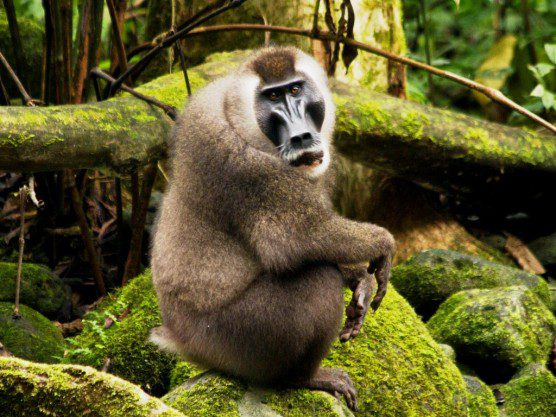
A magnificent adult male drill monkey on Bioko. There are only a few hundred of these monkeys still left in the wild on the island. (Photo © Justin Jay)
These close relatives of the similarly-sized mandrill live only in the forests of the Cross River region of Cameroon/Nigeria and on the island of Bioko, part of the nation of Equatorial Guinea, off the west coast of Africa.
Today we were very fortunate to have Justin Jay and his friend Kristy Bishop visit IPPL. Justin has spent three field seasons in Bioko, where he gathered enough film footage of these elusive animals to be able to create an educational film.
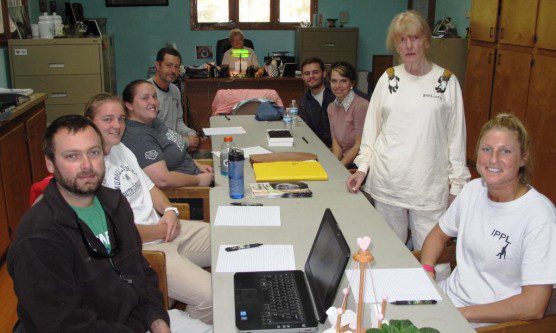
Justin Jay (fourth from right, with friend Kristy Bishop beside him) is a drill tracker extraordinaire. He gave a presentation to the IPPL staff earlier today about his experiences filming these elusive African monkeys.
Amazingly, Justin actually grew up practically a stone’s throw from the IPPL sanctuary. After graduating from college, he was employed by the U.S. Fish and Wildlife Service and South Carolina’s Department of Natural Resources. He had done work with tortoises and turtles, and as a result found himself on the beaches of southern Bioko in December 2010. He had taken a position as a research assistant working on leatherback sea turtles for the Bioko Biodiversity Protection Program, an organization that IPPL has helped support for years. But before he even set out for Africa, he was struck by the BBPP logo, which features a drill monkey:
Once he arrived on the island and started his day job with the turtles, he began tracking the drills in his spare hours—with little time left for sleep! He succeeded where many others had failed: in about three weeks, he caught sight of his first wild drill. (He credits his well-honed turtle-tracking skills.) From hideouts in the forest, Justin together with BBPP’s Research Director Dr. Shaya Honarvar began to film the primates, with a view toward identifying individuals and learning more about their ecology and behavior in the wild. Eventually, the turtles were completely trumped by the drills.
At one point he was hoping to turn his monkey footage into part of a PhD thesis. But when he realized that there are so few wild drills left on Bioko—only 500 to 700, confined to the relatively undeveloped southern part of the island—he realized that “they might all be gone in the five years it takes to complete a degree.”
That’s when they began to put their amazing footage together into a conservation film, The Drill Project. The target audience is Bioko Islanders, many of whom have no idea that purchasing bushmeat is illegal. Drills are protected by law from being hunted and sold for meat, but the law is not enforced. Worryingly, a large road has just been cut into the last remaining drill habitat in the southern part of the island, opening this area up to increased exploitation.
Justin believes that “you can’t save what you don’t know,” so he created an upbeat movie for Bioko’s people to highlight the natural beauty of the island and its wildlife, especially the drills. Bioko’s capital city can be unbearably hot and muggy, but the forests, says Justin, are “like paradise.”
Since last December, his film has been shown multiple times on television in Equatorial Guinea, and he has even hired local university students to travel to rural parts of the island to run conservation workshops using the movie as a focal point. Last month the film was shown to four remote villages near the Gran Caldera de Luba. Jay heard that, after one of these screenings, a self-proclaimed “top hunter” stood up in front of his community and vowed never to hunt monkeys again!
Now he is in the process of trying to start a film production company to create more conservation films that can make a difference. The world’s primates need more people like him.
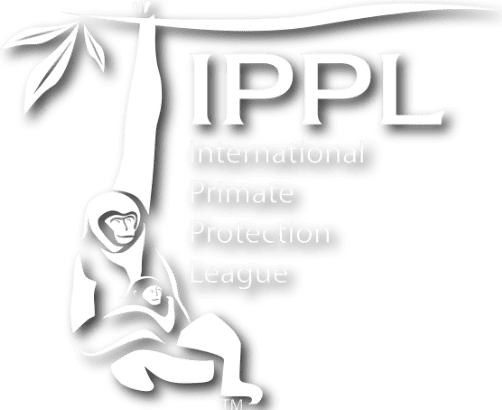
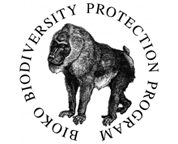
When you work to save one endangered species in the wild you protect a whole ecosystem. I appreciate what your organization does. Thank you!